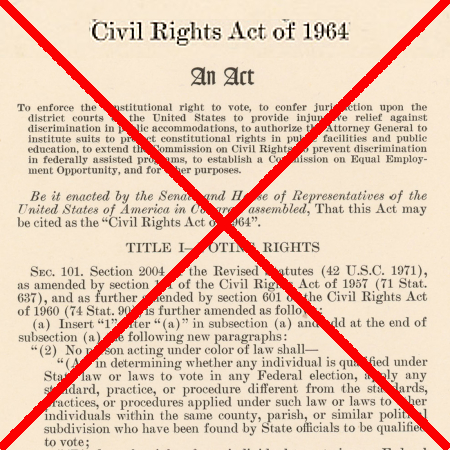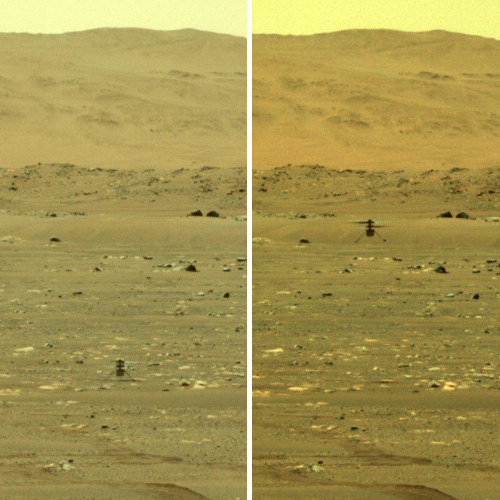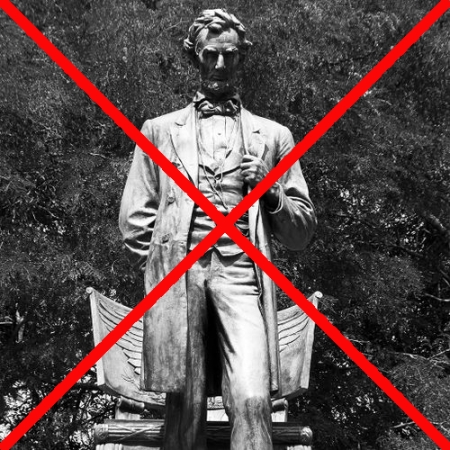Link here. Up to now the word “astronaut” has generally been applied to anyone who has flown in space, though its use for the previous space tourists has generally seemed inappropriate.
The arrival this fall of regularly and frequent commercial flights carrying private passengers into space raises the question: What do we call these individuals? Some, such as the companies Axiom and Blue Origin, want to call them astronauts. Others, such as previous space tourists Richard Garriott and former senator and now NASA administrator Bill Nelson, think that word should be reserved for the professionals. Think for example of aviation. You don’t get wings by simply flying on a commercial jet. You have to fly a plane yourself, and do it solo to earn that designation.
In truth, the most likely thing that will happen in the future is that no future space traveler will be called an astronaut. As the article notes correctly,
It might be necessary to retire the term altogether once hundreds if not thousands reach space, noted Fordham University history professor Asif Siddiqi, the author of several space books. “Are we going to call each and every one of them astronauts?”
The term is going to become historical, referring not to those who have reached space, but to those early pioneers to made it possible for everyone else. It carries too much special meaning to assign it to every Tom, Dick, or Harry who simply bought a ticket. It signifies a person who did something special and at great risk, and deserves a special honor because of it.
Neil Armstrong and Yuri Gagarin were astronauts. It seems wrong to call every commercial passenger who follows the same.






